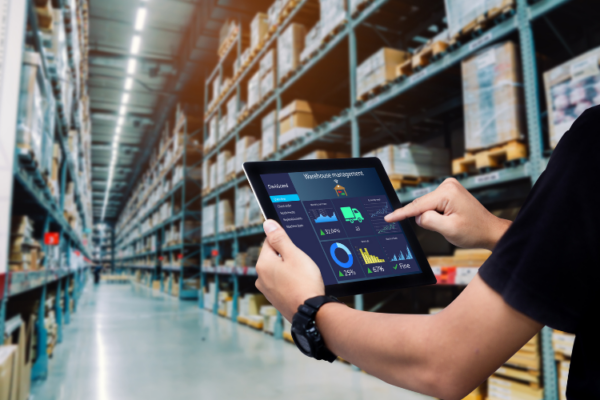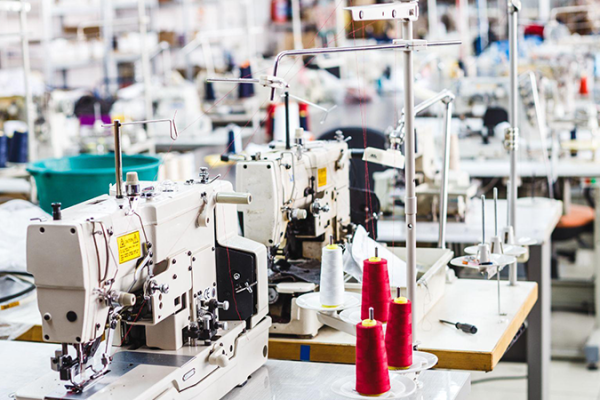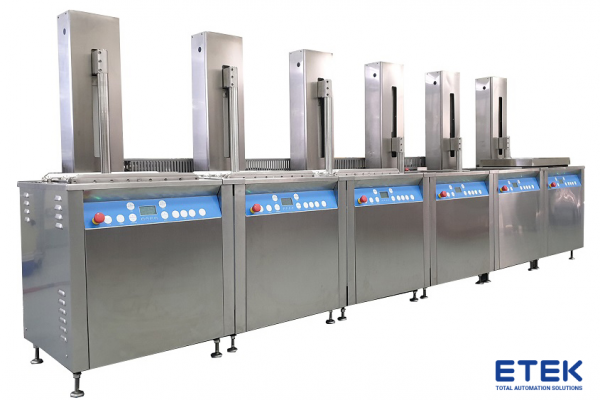Since ancient times, people have known how to bond materials, seal, or protect surfaces by manually applying, spreading, or spraying adhesive using simple tools. This traditional method is commonly used in manual production, daily life, or tasks requiring flexibility that machines cannot handle. However, this approach heavily depends on the worker’s skill and carries inherent risks.
Therefore, with the continuous development of science and technology, a solution has been found to apply automation in glue application processes. Gluing automation is the process of using machinery and automated technology to perform glue application tasks that were previously done manually. This enhances productivity, precision, and efficiency in production while minimizing human errors.
Thanks to advancements in science and technology, modern automated systems are increasingly optimized in design while maintaining high efficiency. Typically, an automatic adhesive application system includes the following main components:

Implementing adhesive automation addresses the shortcomings of manual adhesive application while offering several outstanding advantages:
Automated adhesive systems are widely used across various industries, including:

A smart warehouse is a modern storage facility designed to store raw materials and manufactured goods. It leverages machinery and technology to replace traditional warehousing tasks previously performed by humans.…

What is automation in the garment industry? The application of automation technology is a trend that textile companies are particularly interested in and are urgently promoting investment in. This is…

In the era of smart manufacturing, metal polishing automation is no longer a trend but has become a core solution to help factories improve product quality, optimize costs and increase…

The surface treatment industry, also known as surface processing, is a diverse and important industrial field that involves creating surfaces with different properties to meet the requirements of various applications.…